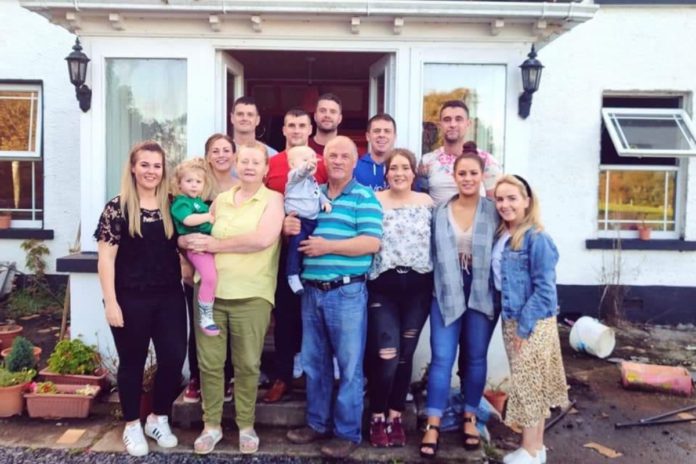In this week’s sheep farming segment, That’s Farming, speaks to Roy Butler of Moatland flock discusses establishing his pedigree flock, lambing in one month and aiming for R and U-grade ram lambs.
Forty-one years ago, Roy Butler married Linda and moved from Limerick to Mullingar, County Westmeath, to acquire land and establish his then 90-cow suckler herd.
The 50-acre farm is now home to 105 pedigree sheep: 80 Belclare, 5 Charollais, and 20 Blu De Maine.
Roy decreased sheep numbers ten years ago from 500 commercial sheep and changed all his rams to Belclare to ease the workload.
His exit out of suckler farming 16 years ago and reducing sheep numbers paved the way for establishing a pedigree flock.
“The first year, I had over 50 pedigree sheep. I bought them from flocks I thought were the top of the breeding,” Roy Butler told That’s Farming.
“I made lots of enquiries regarding who was breeding the best sheep, and I went with that information.”
Roy grew up on a mixed farm comprising dairy, sucklers and pigs. He took a keen interest in pigs and did a farm apprenticeship at Gurteen Agricultural College.
“I went up to Naas, Co Kildare to work with Bearn Kennedy with pedigree Holstein Friesian cows and down to Tom Horan’s where I worked for eight years with pigs.”
Moatland flock
Roy’s work with dairy cows gave him the vision that the natural choice for him to choose were pedigree Belcare sheep.
His first female purchases came from, Knockcroghery, Coolrua, Slanemore Hill, and the Legeaume flocks.
The most influential sheep include 2278 Knockcroghery and 1527 Coolure, with the prominent ram being Knockcroghery Ace.
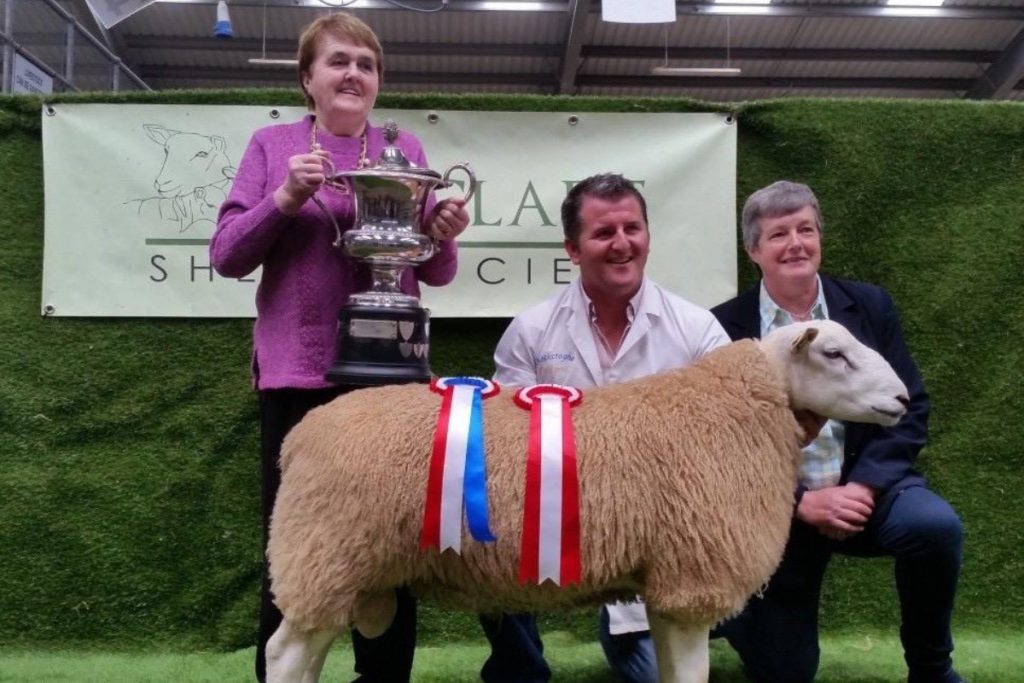
The Belclare breed stood out because of its “superior” look and maternal characteristics.
“In my opinion, Belclare is the best breed out there. It does everything for you and does some things well.”
“It is not simple to achieve this, but a ewe should rear her weight in lambs every year.”
“For example, if you have a 100kg ewe, that means she has to rear two 250kg lambs. So, if you have an 80kg ewe, she has to weigh 240kg lambs.”
“Belclares are the closest sheep you will get that will do that.”
His ideal Belclare sheep have between two or three lambs, are fast-growing, are maternal, be energetic, and require very little intervention at lambing.
Roy continues to add new bloodlines, with his most recent purchase being seven sheep at the Knockcroghery dispersal sale, including buying the top-priced entry for €2,000.
Breeding programme
His Belclare rams came from Knockcroghery Belclares and Larry Barrett at the 2021 Belclare Society premier sale.
Other rams he uses in the flock include two Bleu Du Maine, which he sourced in Northern Ireland from the Randalstown flock and a Charollais ram he shares with a friend.
“I look at each ram and look at the ewes. Normally, I have four rams working, and up until this year, they would serve about 15-20 ewes each.”
“The young rams get 14 ewes. We see how they do the first year and the quality of the lamb they are giving me.”
“I sponged a certain amount of sheep, but I have not found it remarkable. The number of empties I ended up with was too high, so not sponging got me far more to the ram.”
“We averaged this year on the first scan 2.2%. We also did a second scan with ewe lambs, and we averaged over 2.2% ewe lambs. We averaged 1.95% last year.”
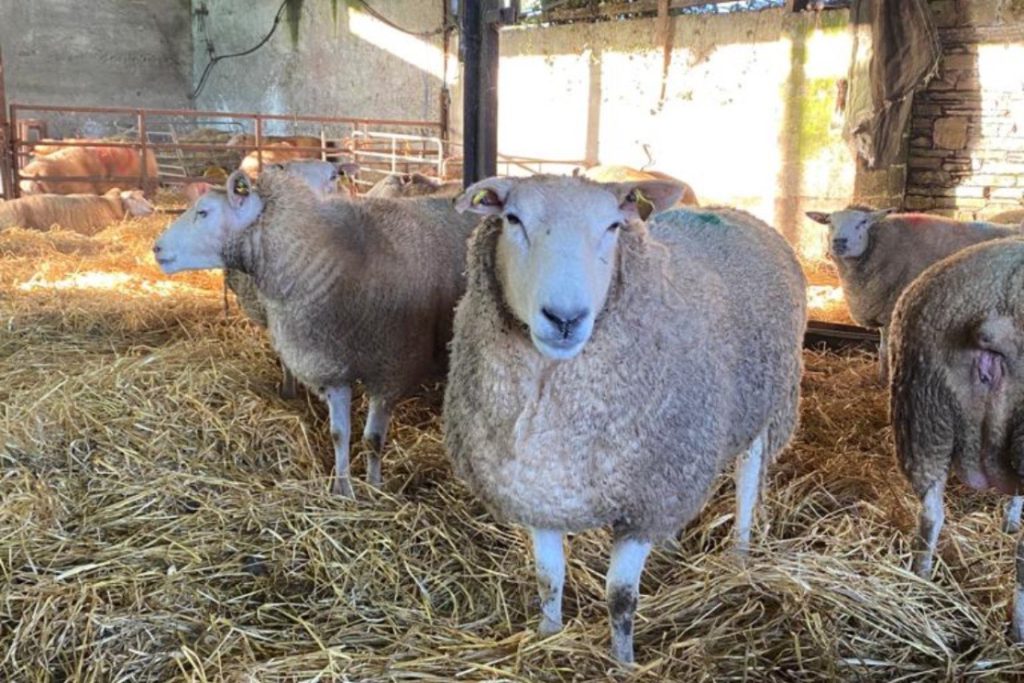
Lambing
Roy lambs indoors during January; In 2021, he lambed 190 ewes with this number falling to 90 this year.
He trialled whole rams to tease ewes but admitted there was a 7-day break in the lambing period.
He plans next year to introduce a teaser ram to solve this issue.
His grassland management system means he can let ewes and lambs out to pasture three weeks post-lambing.
“My grassland management regime on the farm is pretty good because about four years ago, we put all Clipex fencing through the whole farm.”
“It is working remarkably well. The quality of the land, even though it is heavy and wettish, it is very high-quality and very good grassland.”
Progeny
He retains 100% of his lambs but will sell a ewe if a buyer expresses interest in hoggets to in-lamb hoggets.
“I believe in selling. When you have enough good ewes, you can afford to sell good ones.”
“It is very hard to turn away a customer. If they want to buy lambs, I will talk to them. If they want to buy in lamb hoggets, I will talk to them. And, if they want stars, I will tell the ones with the stars.”
He hopes to branch into selling his rams at Irish Belclare Sheep Society sales. He sold 40 rams on-farm last year.
“With sheep, you are trying to breed something a bit special. In doing that, you need to be selling stock at sales. That is probably where I have to go, now, to the premier sales.”
“Home prices are not good enough generally. So, you need to go to the special sales and get some of the good prices out of them sales.”
“That is an indication of how well you are breeding if other people want to pay a good price for your stock.”
“An awful lot of my sheep have gone through the country and did well for people. I have seen them do better for people than they have done me, which reflects well on me than the sheep.”
On the other hand, he sells 60% of his rams to the factory – grading R and U-grade at Irish Country Meats, Navan – with late lambs last year coming into €165.
He has a strict culling policy which involves removing rams that are “not performing well enough”.
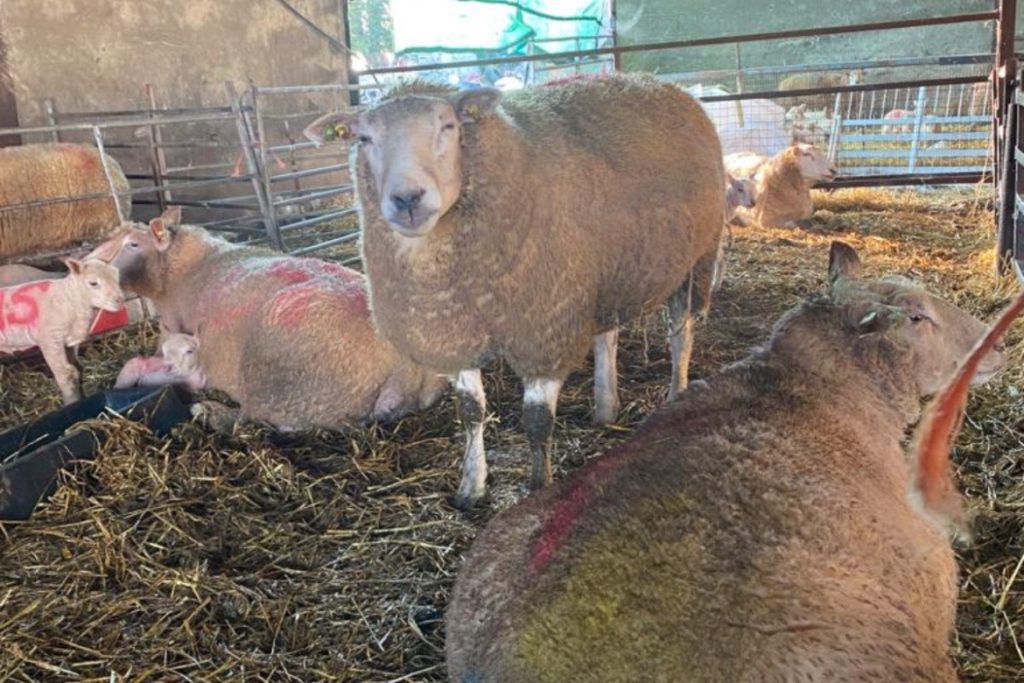
Challenges
The owner of the Moatland flock faces the challenges of increasing meal and fertiliser prices and the cost of keeping sheep.
“This year, sheep are a decent price, but you want that every year. People say sheep are a great price, but it is not a great price for sheep. How many ewes would you need to rear a family?”
“You could not rear a family out of sheep; it is very hard. You would need about 700 ewes. How many people would it take to rear 700 ewes?”
“Trying to rear a family is seriously hard. When you look at flock sizes and everything else, there are very few farmers without off-farm income doing it.”
“For someone trying to rear a family, most of them have off-farm jobs, and if they did not, they would die.”
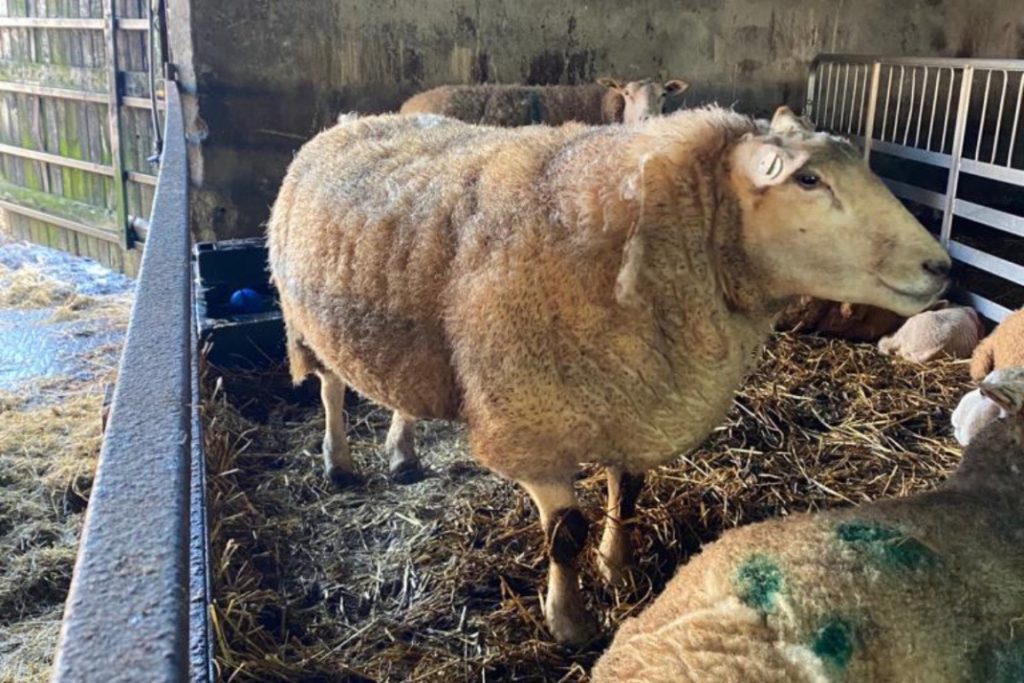
Advice and plans
Roy hopes to continue his passion for breeding sheep and hand over the reins of the farm to his children.
His advice for an aspiring sheep farmer is to purchase off good breeders, buy the type of sheep you like when establishing your flock and ask for assistance from other breeders.
The 67-year-old plans to branch out of Bleu de Maine sheep – due to difficulties importing them.
“My side of sheep farming is not viable, realistically, but sheep farming, in general for, the foreseeable future looks fairly solid.”
“The big advantage with sheep is that inputs are not near as big. Wintering and housing sheep are relatively cheaper compared to cattle.”
“I see my flock in five years probably where it at the moment but maybe down to one breed.”
“If I am down to one breed, it will be Belclare sheep,” the Irish Charollais Sheep Society and Belclare Sheep Society member concluded
To share your story like Moatland flock, email Catherina Cunnane, editor of That’s Farming, – [email protected]
See more sheep farming profiles.


